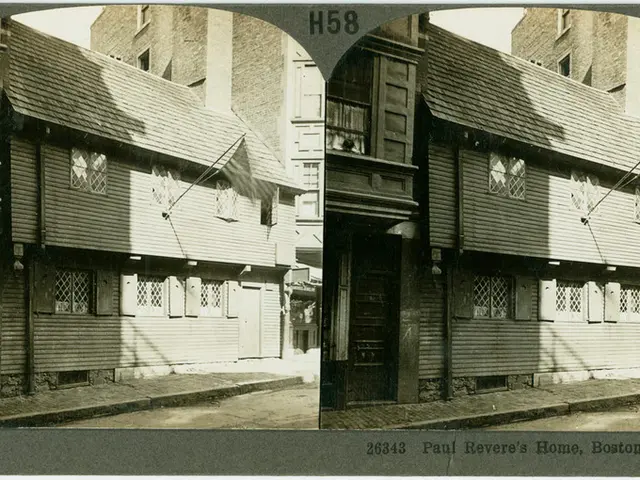Discovering the Enchanting Capabilities of Melamine Foam: A Multifaceted Marvel Material
In the realm of building materials, Melamine Foam stands out as a versatile solution for creating peaceful and energy-efficient living spaces. Its exceptional sound-absorbing properties, fire resistance, and ease of installation have made it a popular choice in various sectors, including construction, transportation, industrial facilities, entertainment, and education.
Melamine foam finds its primary application in the building and construction industry. It is used in residential, commercial, and institutional buildings to improve acoustic comfort and reduce noise levels in open-plan offices, schools, libraries, hospitals, and other spaces where sound control is crucial. Its fire resistance makes it suitable for safety-critical insulation and absorber panels.
The transportation industry also benefits from the use of melamine foam. Incorporated into automotive interiors, aircraft cabins, and railway coaches, it provides thermal and acoustic insulation, enhancing passenger comfort while ensuring compliance with fire safety standards. Its lightweight and flame-retardant features are ideal for these applications.
In industrial facilities, melamine foam is used for insulation in machinery, pipes, and HVAC systems where heat resistance and sound absorption are essential. This helps reduce machinery noise and supports worker safety in factories and production lines.
The entertainment and broadcasting sectors have embraced melamine foam, with acoustic panels made from the material being used in studios, cinemas, theaters, and auditoriums. These panels control sound reflections, echo, and reverberation, ensuring optimal acoustic performance.
Educational institutions also make use of melamine foam. It is installed in classrooms, lecture halls, and gymnasiums to reduce noise and improve speech intelligibility.
Melamine foam's unique chemical property, a high nitrogen content, gives it its flame-retardant quality. When heated, it releases nitrogen to inhibit burning, making it an excellent choice for fire-safe insulation materials. Its hard microbubble structure contributes to sound absorption, durability, lightweight, and easy installation, favouring its use in modular and off-site construction panels.
Melamine foam is often certified according to rigorous environmental standards, aligning with green building practices and sustainable design principles. It is available in various types and sizes to meet specific needs in various projects.
Architects, designers, and builders find melamine foam to be their preferred choice due to its acoustic properties, fire safety classification, and ease of installation. In the automotive industry, it is used to improve cabin acoustics, reduce road noise, and enhance passenger comfort. In industrial settings, its fire-resistant properties and lightweight nature make it a valuable choice. Melamine foam plays a pivotal role in shaping the auditory experience of building occupants, from creating serene restaurant atmospheres to designing cutting-edge office spaces.
In summary, melamine foam's combination of acoustic performance, fire resistance, lightweight, and ease of installation has enabled its broad use primarily in construction, transportation, industrial insulation, entertainment venues, and educational facilities. It contributes to a quieter and more enjoyable driving experience by absorbing and dampening sound in vehicles, making it a valuable choice for various applications where fire hazards are a concern.
In the aerospace industry, melamine foam is utilized in aircraft cabins, providing thermal and acoustic insulation while ensuring compliance with fire safety standards, demonstrating its versatility and suitability for safety-critical applications.
The technology sector also benefits from the use of melamine foam as its high nitrogen content gives it flame-retardant qualities, making it an excellent choice for fire-safe insulation materials in data centers and server rooms.








